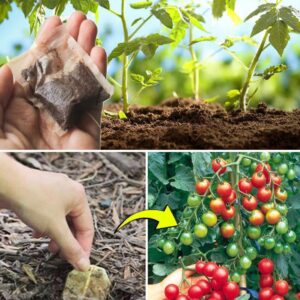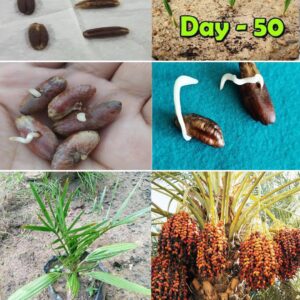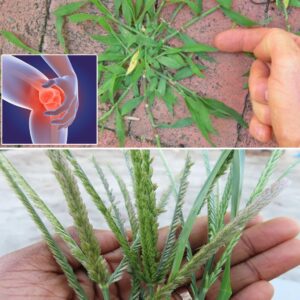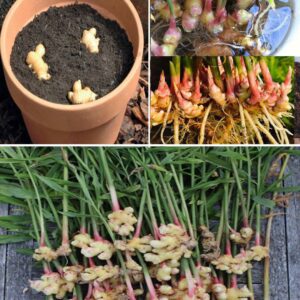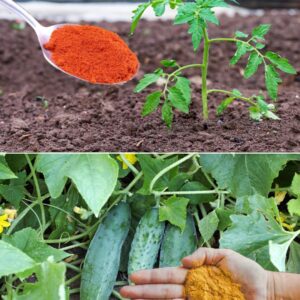Fennel, with its delicate fronds and aromatic flavor, is a delightful addition to any culinary garden. While traditionally grown in large plots, fennel can thrive just as well in a container, making it accessible to urban gardeners and those with limited space. In this guide, we’ll explore the steps to successfully cultivate fennel in a container right at home.
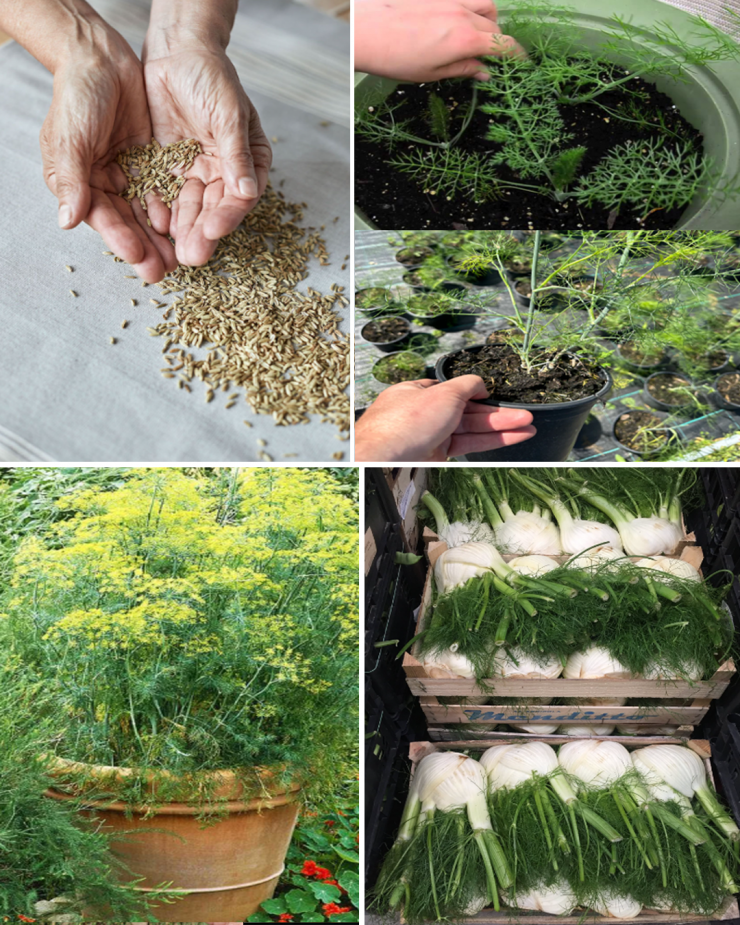
Choosing the Right Container:
Selecting the appropriate container is the first step towards growing fennel successfully. Opt for a container that is at least 12 inches deep to accommodate the fennel’s long taproot. Ensure the container has drainage holes to prevent waterlogging, which can lead to root rot.
Selecting the Soil:
Fennel thrives in well-draining soil rich in organic matter. A good potting mix enriched with compost or well-rotted manure will provide the necessary nutrients for healthy growth. Aim for a slightly acidic to neutral pH level, around 6.0 to 7.0, for optimal growth.
Planting Fennel Seeds or Seedlings:
Fennel can be grown from seeds or seedlings. If starting from seeds, sow them directly into the container about 1/4 inch deep and lightly cover with soil. Keep the soil consistently moist until germination, which typically takes 7-14 days. Thin out seedlings to ensure proper spacing, leaving about 6-8 inches between plants.
If using seedlings, transplant them into the container at the same depth they were growing in their nursery pots. Gently firm the soil around the seedlings and water thoroughly.
Placement and Sunlight:
Fennel thrives in full sun, so choose a location for your container where it will receive at least 6-8 hours of sunlight daily. If you’re growing fennel indoors, place the container near a sunny window or under grow lights to ensure adequate light exposure.
Watering and Maintenance:
Keep the soil consistently moist but not waterlogged. Water the fennel regularly, especially during hot, dry weather. However, avoid overwatering, as fennel is susceptible to root rot in soggy conditions.
Fertilization:
Fertilize your container-grown fennel every 4-6 weeks with a balanced fertilizer to promote healthy growth. Avoid over-fertilizing, as this can lead to excessive foliage growth at the expense of flavorful bulbs.
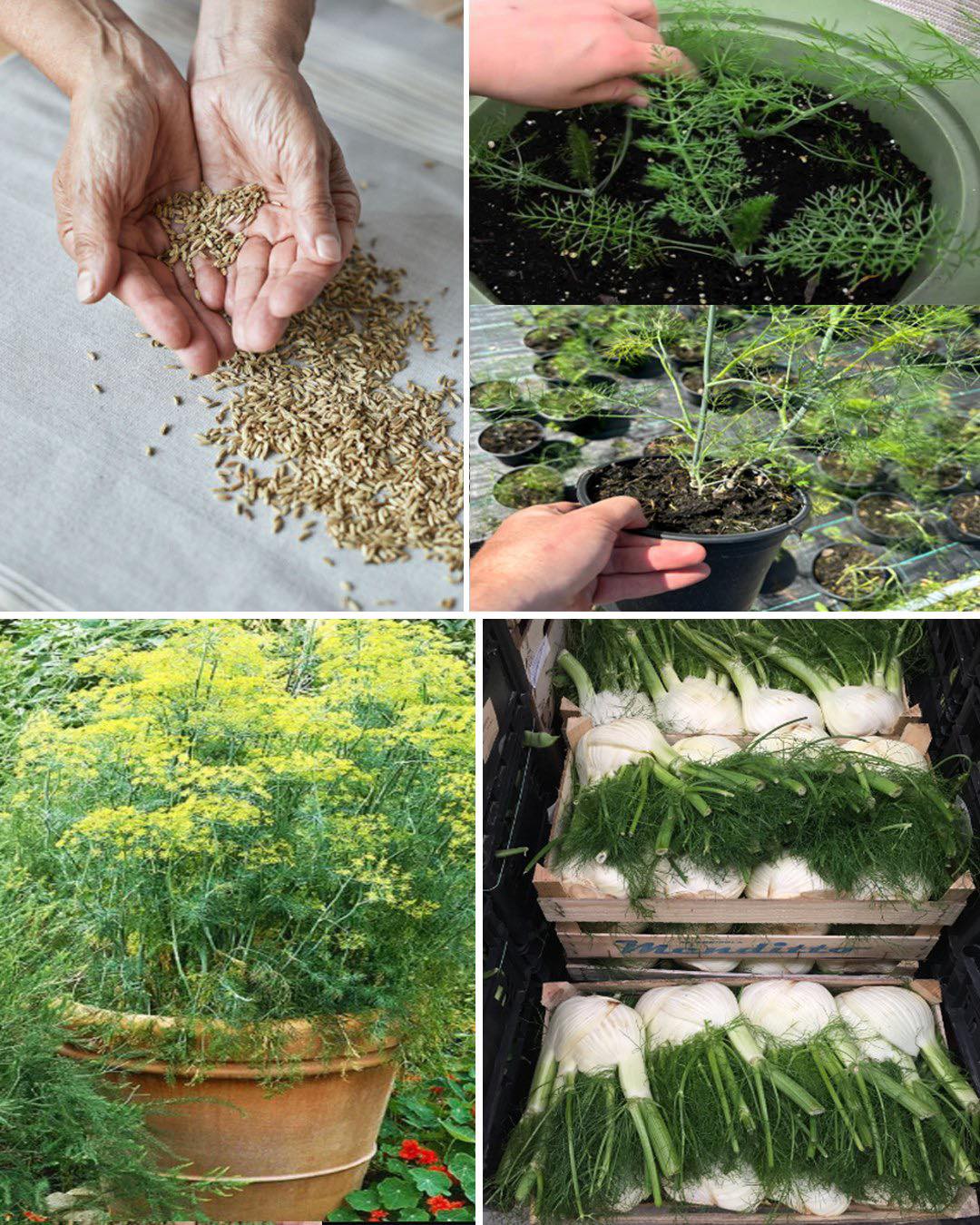
Managing Pests and Diseases:
Fennel is relatively pest and disease-resistant, but it may attract aphids, caterpillars, or snails. Monitor your plants regularly and handpick any pests you encounter. Consider using organic pest control methods such as neem oil or insecticidal soap if infestations occur.
Harvesting Fennel:
Fennel is ready for harvest when the bulbs reach a desirable size, typically around 3-4 inches in diameter. Use a sharp knife to cut the bulbs at soil level. Additionally, you can harvest the fronds and seeds for culinary use throughout the growing season.
Growing fennel in a container at home is a rewarding experience that allows you to enjoy this versatile herb even in limited space. By following these guidelines for container selection, soil preparation, planting, and maintenance, you can cultivate healthy fennel plants and savor their flavorful bulbs, fronds, and seeds in your favorite dishes. Happy gardening!
News
Never plant peppers, tomatoes and other vegetables without it. This actually works.
Gardening enthusiasts often seek innovative methods to enhance plant growth and ensure a bountiful harvest. While traditional techniques like proper soil preparation and regular watering are essential, incorporating unexpected elements can sometimes yield surprising benefits. One such unconventional but effective…
How to Grow Date Palm Tree From Seed at Home
The date palm tree, scientifically known as Phoenix dactylifera, is not only an iconic symbol of desert landscapes but also a source of delicious and nutritious dates. Growing a date palm tree from seed can be a rewarding and educational…
Unlocking the benefits of Crabgrass
Crabgrass is often viewed as a pesky weed that invades lawns and gardens, but recent studies and traditional practices have revealed that this resilient plant offers numerous benefits. From its nutritional value to its environmental advantages, crabgrass is more than…
Secrets for planting ginger in a pot or your garden for engless supplies at home
Growing your own ginger at home is not only rewarding but also provides you with a steady supply of this versatile and flavorful spice. Whether you have a small balcony, a backyard garden, or just a sunny windowsill, ginger can…
10 Plants that Keep Spiders, Ants, Flies, and Mosquitoes Away from Home
Lavender: Known for its strong fragrance which repels mosquitoes, flies, and moths while adding beauty to your space. Mint: Its refreshing scent deters spiders, ants, and flies. Useful when placed near home entry points. Citronella Grass: Contains oils that naturally…
Mustard Powder: A Gardener’s Best Friend
In the world of gardening, innovative and eco-friendly solutions are always sought after, and mustard powder has emerged as an unexpected yet powerful ally. This common kitchen spice, derived from the seeds of mustard plants, is making waves for its…
End of content
No more pages to load
